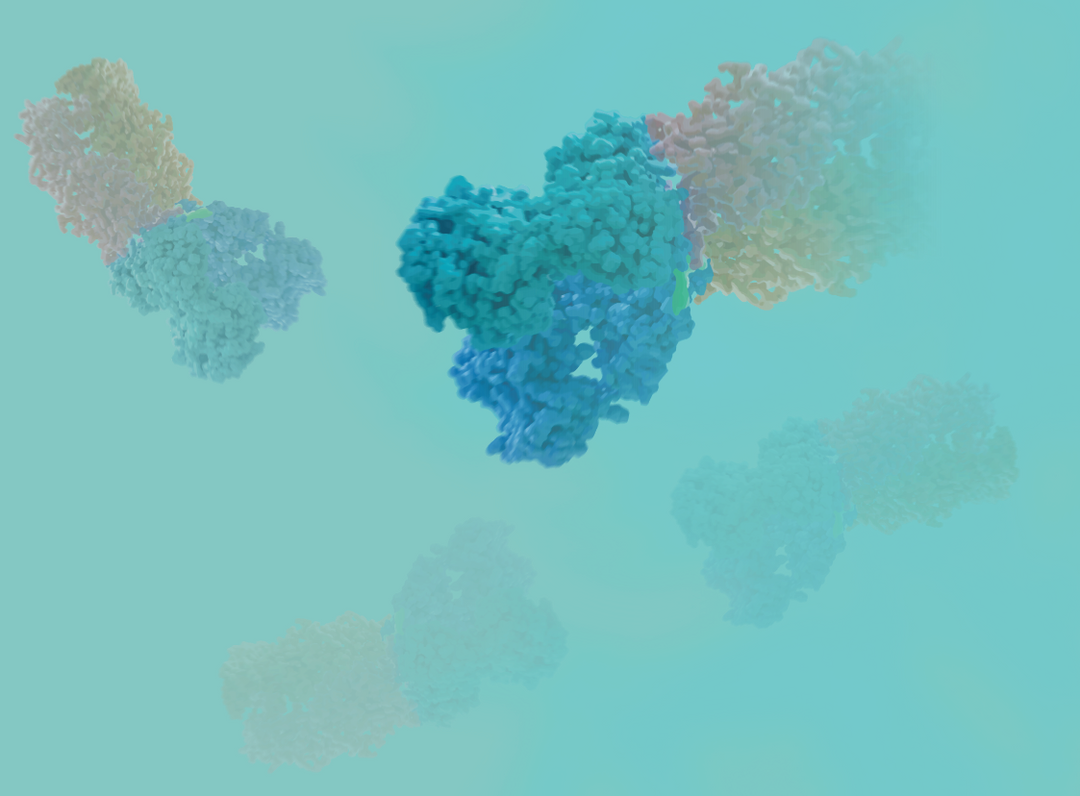New Biotech Products for February at KACTUS
Alkaline Phosphatase
Alkaline Phosphatase (ALP) likely represents the most frequently assayed enzyme in all of medicine. It is widely distributed in many tissues and biological fluids and is commonly used as a biomarker for various physiological processes and disease states, as its activity is often elevated in conditions such as bone growth, skeletal disease, liver damage, hepatobiliary disease, and certain cancers.
ALP is a membrane-bound glycoprotein that catalyzed hydrolysis of phosphate monoesters. It is often used as a tool in molecular biology and biochemistry, because it can be used to detect and quantify the presence of phosphate groups in a variety of biological molecules, including DNA, RNA, and proteins. There are four isozymes of alkaline phosphatase, depending on the expression site: intestinal ALP, placental ALP, germ cell ALP and tissue nonspecific ALP.
KACTUS has released three new versions of Germ cell ALP and one new version of placental ALP. Check out these new enzymes in addition to our existing alkaline phosphatase enzymes:

Figure 1. Anti-alkaline phosphatase antibody captured on CM5 Chip via Protein A can bind cynomolgus alkaline phosphatase, His tag with an affinity constant of 0.11 μM as determined in SPR assay (Biacore T200).
IL-37
Interleukin-37 (IL-37) is a member of the interleukin-1 (IL-1) family and has been shown to have anti-inflammatory properties. IL-37 is primarily produced by monocytes and has primarily anti-inflammatory effects. Studies have shown that IL-37 has the potential to play a therapeutic role in the treatment of various autoimmune and inflammatory diseases, such as rheumatoid arthritis, multiple sclerosis, and inflammatory bowel disease. IL-37 has also been shown to have protective effects in models of lung injury, sepsis, and acute liver injury.
There are multiple mechanisms by which IL-37 mediates its anti-inflammatory effects. It is believed to suppress the production of pro-inflammatory cytokines, such as tumor necrosis factor (TNF) and interleukin-6 (IL-6). Additionally, IL-37 has been shown to activate certain anti-inflammatory signaling pathways, such as the MAPK and PI3K pathways. Immune and non-immune cells produce IL-37 precursor following pro-inflammatory stimuli. Following activating cleavage by caspase-1, mature IL-37 translocates to the nucleus, where it suppresses transcription of pro-inflammatory genes.
IL-37 is a promising cytokine with anti-inflammatory properties that has the potential to play a therapeutic role in the treatment of various autoimmune and inflammatory diseases. KACTUS is excited to launch our Human IL-37 protein. Click here to view full product information.
CD44
CD44 is a transmembrane glycoprotein that is widely expressed on the surface of various cell types, including immune cells, epithelial cells, and cancer cells. It is involved in a number of cellular processes, including cell adhesion, migration, proliferation, and survival. CD44 is also involved in formation of the tumor microenvironment and has been shown to play a critical role in tumor progression and metastasis. Hence, it has been identified as a potential target for cancer therapy. Additionally, CD44 has been implicated in a number of autoimmune and inflammatory diseases, and is being explored as a target for the treatment of these conditions. CD44 contains two variable regions encoded by variable exons. The complexity of CD44, which can exist in multiple isoforms due to alternative splicing, has made it a subject of intense research to better understand its functional role in different cell types and disease processes. KACTUS has launched three new CD44 proteins, in addition to our current CD44 selection:

Figure 2. Immobilized Human CD44, His Tag at 0.5 μg/mL (100μL/well) on the plate. Dose-response curve for anti-CD44 antibody, hFc tag with an EC50 of 11.8 ng/mL determined by ELISA.
FGL2
FGL2 (fibrinogen-like protein 2) is a secreted protein that belongs to the fibrinogen-like family of proteins. It has been implicated in a number of biological processes, including blood coagulation, angiogenesis, and inflammation. FGL2 has been shown to act as an inhibitor of blood coagulation, and has been found to be over-expressed in a number of inflammatory diseases, such as rheumatoid arthritis and atherosclerosis. It has also been found to be involved in tumor progression, and has been identified as a potential target for cancer therapy such as glioma. FGL2 has a complex structure, and its functional role is still not fully understood, making it a subject of ongoing research to better understand its biological functions and therapeutic potential. KACTUS has launched four new FGL2 products to complement our existing line.
|
|
|

Figure 3. Immobilized human FGL2, hFc tag at 1 μg/mL (100μL/well) on the plate. Dose-response curve for biotinylated anti-FGL2 antibody, hFc Tag with an EC50 of 34.3 ng/mL determined by ELISA.
Other New Products
|
Cynomolgus MD2 |
|
|
Human MD2 |
|
|
|




